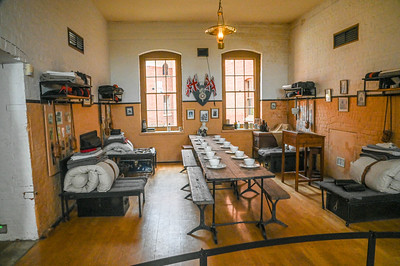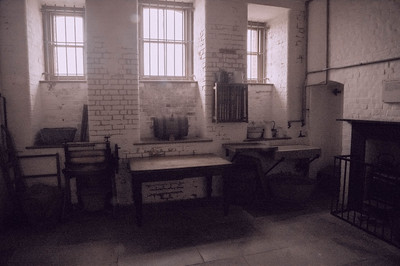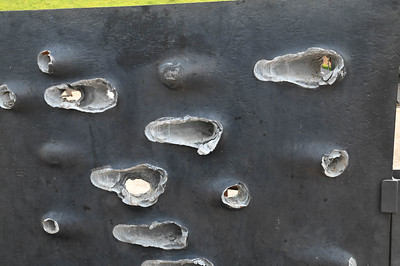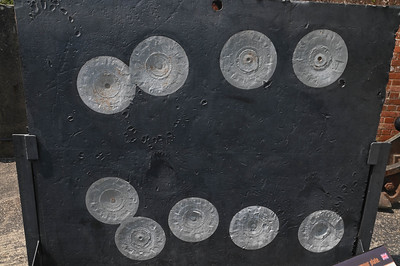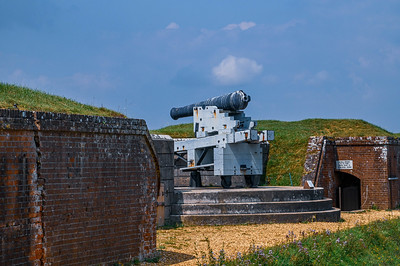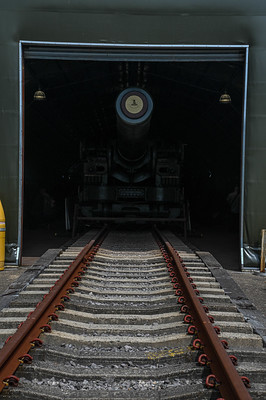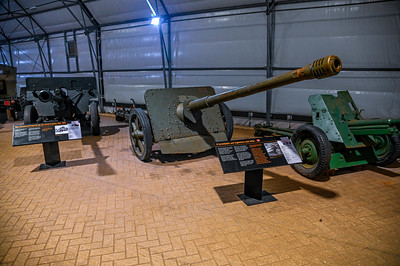About Fort Nelson
Fort Nelson, in the civil parish of Boarhunt in the English county of Hampshire, is one of five defensive forts built on the summit of Portsdown Hill in the 1860s, overlooking the important naval base of Portsmouth. It is now part of the Royal Armouries, housing their collection of artillery, and a Grade I Listed Building.
Fort Nelson is a typical Polygonal or Palmerston Fort. It is six-sided with a deep ditch protected by three caponiers. Above each caponier is a well-protected emplacement for 13-inch mortars. It was originally entered by two Guthrie rolling bridges and has a barrack block for 172 officers and other ranks, protected by a V-shaped redan. A large open parade ground gives access to the magazines 40 feet underneath it. There are open emplacements on the ramparts for 64 pounder rifled muzzle-loading guns and RML 6.6-inch howitzers. There are also three Haxo casemates for 7 inch rifled breech-loaders.
Fort Nelson is one of five Portsdown Forts. Built as a result of the 1859 Royal Commission by Lord Palmerston to prevent a French land attack, on the Portsmouth dockyard only 8 kilometres away, because the older Hilsea Lines at the bottom of the ridge were considered insufficient. A series of 6 forts were built along the 7 miles (10 km) of the ridge. From west to east they are forts Fareham, Wallington, Nelson, Southwick, Widley and Purbrook. The line was finished off at the eastern end with Crookhorn Redoubt and Farlington Redoubt. A garrison of around 200 volunteers accompanied by regular army officers would have staffed the fort in time of war. Construction was protracted and Fort Nelson wasn't fully armed until the 1890s. The fort was disarmed in 1907 and then used for accommodation. In 1938, it was converted to an area anti-aircraft ammunition store; ten large magazines were built on the parade ground. Fort Nelson was abandoned in the 1950s.
en.wikipedia.org




